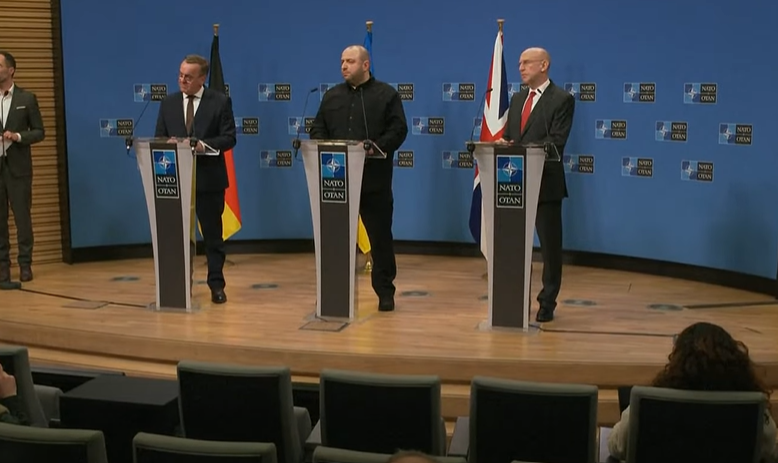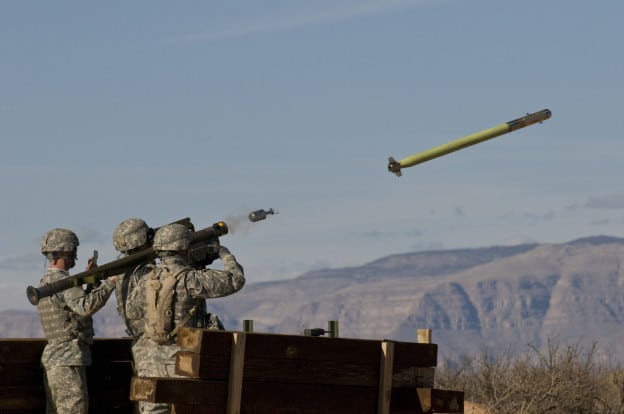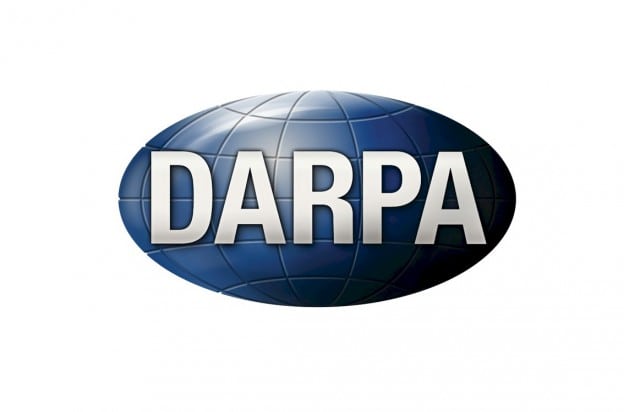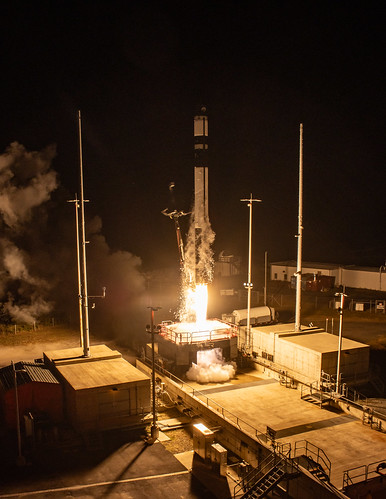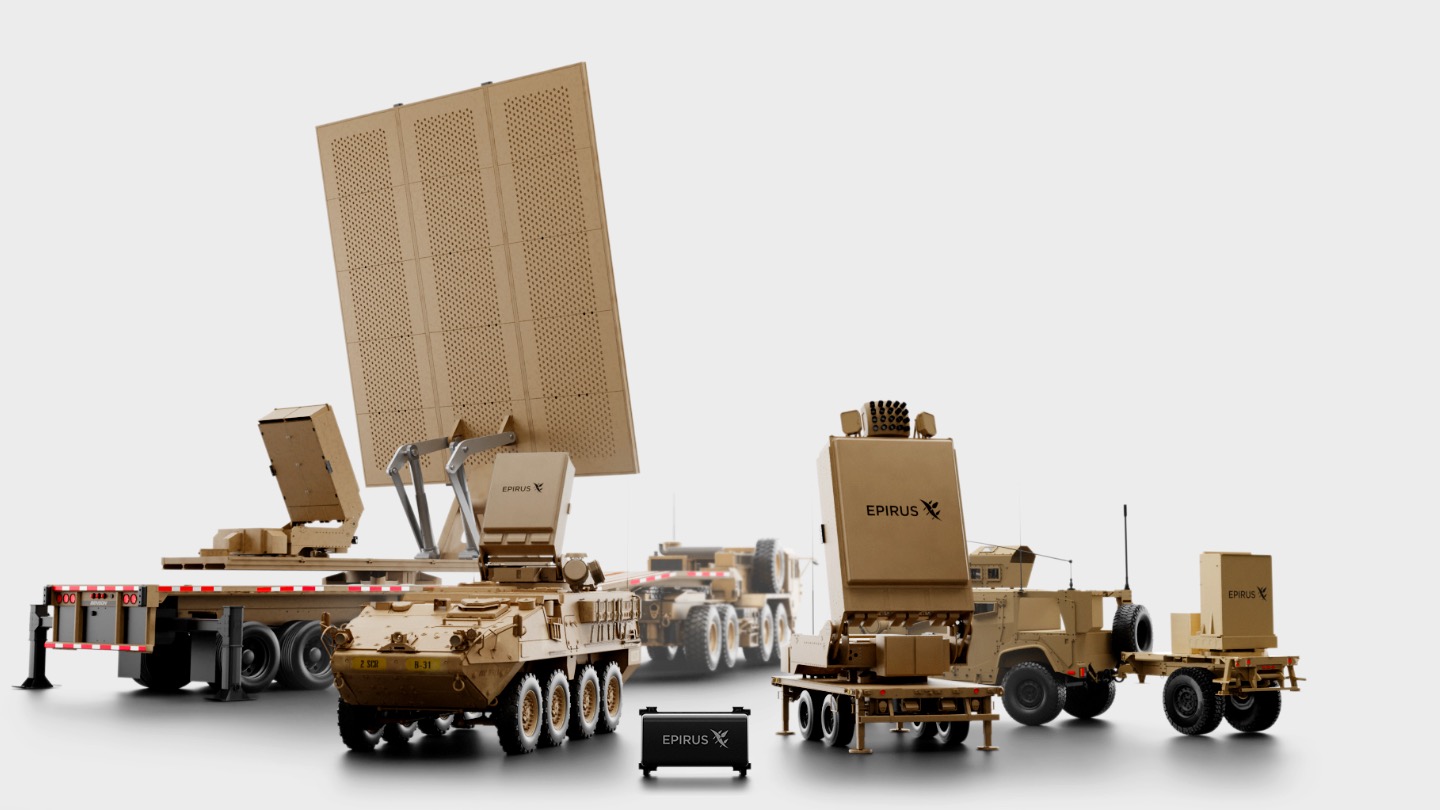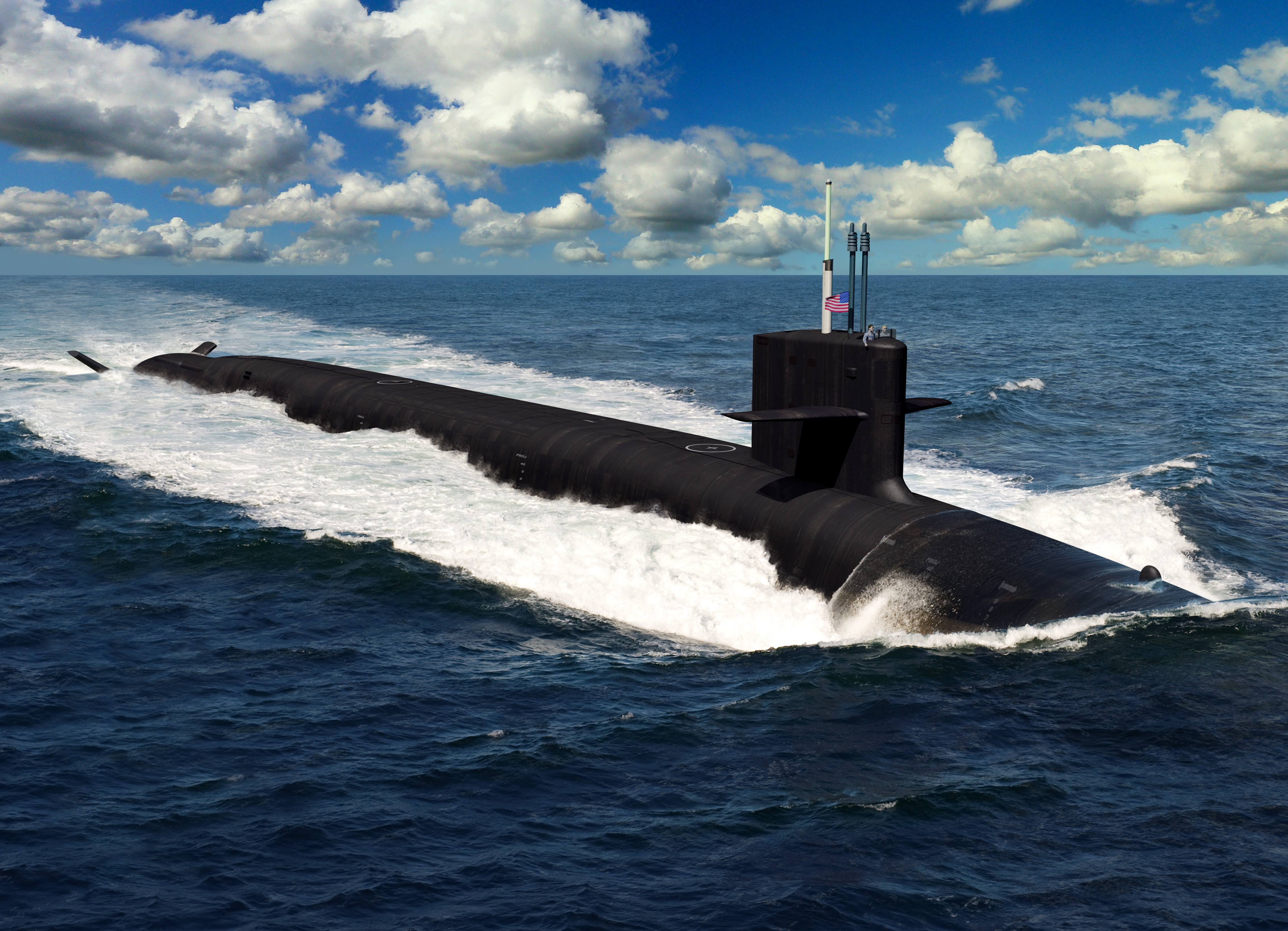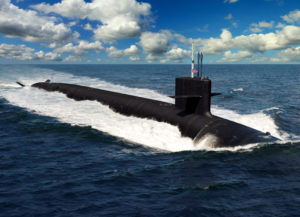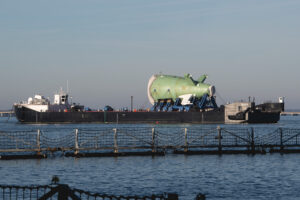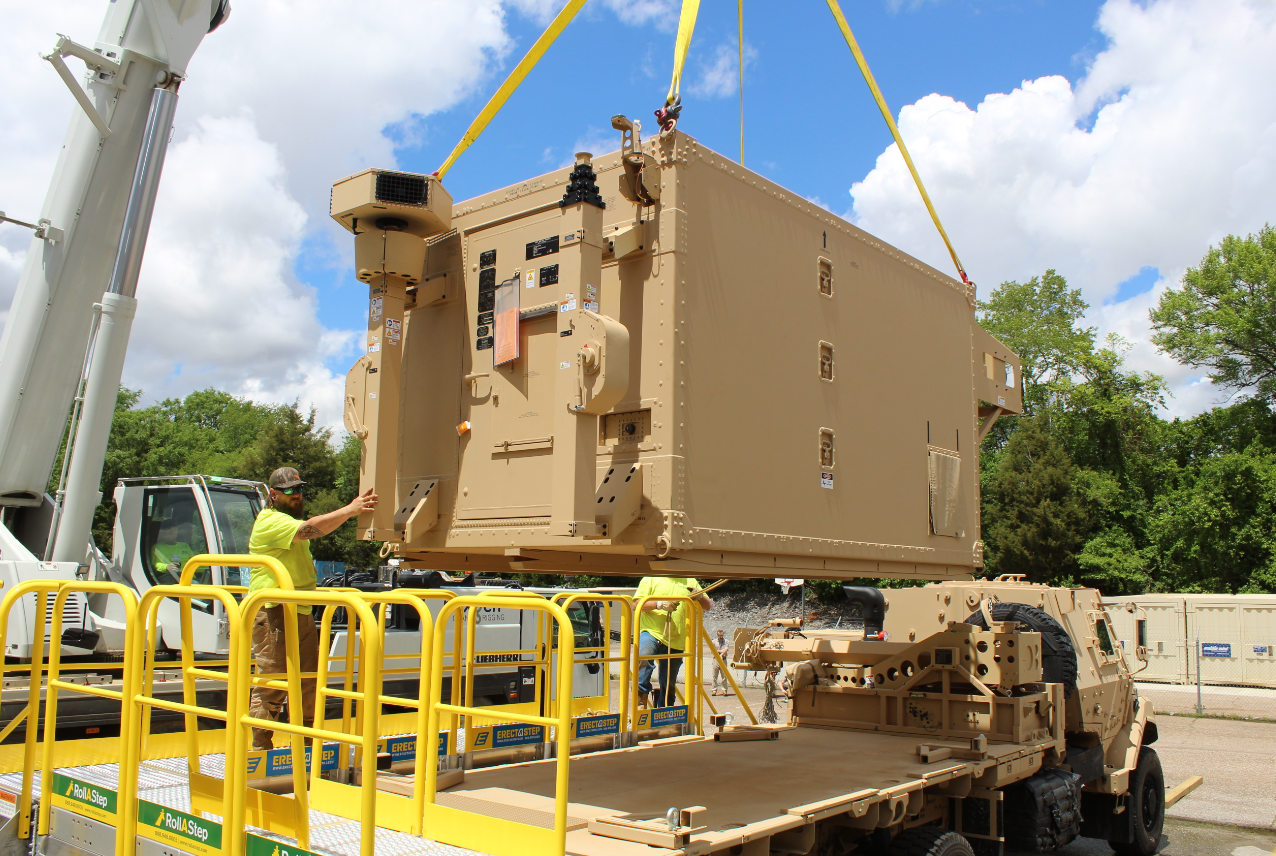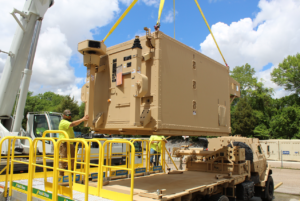The international coalition coordinating security assistance efforts for Ukraine, now led by the U.K. and Germany, has pledged a “record boost” of $23.7 billion in new weapons aid for Kyiv.
The update followed the latest Ukraine Defense Contract Group meeting on April 11 at NATO headquarters in Brussels, with the U.S. not announcing new security assistance plans and Defense Secretary Pete Hegseth participating virtually in the meeting.
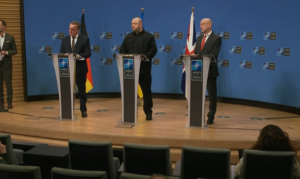
“Given Russia’s ongoing aggression against Ukraine, we must concede [that] peace in Ukraine appears to be out of reach in the immediate future. We will ensure that Ukraine continues to benefit from our joint military support. Russia needs to understand that Ukraine is able to go on fighting and we will support it,” German Defense Minister Borius Pistorius said in a press conference following the UDCG meeting.
U.K. Defence Minister John Healey, who joined Pistorious and Ukrainian Defense Minister Rustem Umerov for the briefing, noted the latest UDCG meeting once again gathered senior defense officials from 51 countries to discuss Kyiv’s battlefield needs.
Healey noted that the “record boost in military funding” committed by UDCG members at the meeting included the U.K.’s plan to spend $6 billion in 2025 on support for Ukraine, announcing a new $462.4 million package to “surge” capabilities such as radar systems, anti-tank mines and “hundreds and thousands of new drones” and to repair vehicles its previously provided to Kyiv.
The U.K.’s new weapons aid is part of a larger $595.4 million tranche of support, co-funded by Norway, with the Ministry of Defence noting it will include “high maneuverable first-person view drones to attack targets, and drones which can drop explosives on Russian positions.”
“The new kit will be procured from a mixture of U.K. and Ukrainian suppliers, demonstrating how investment into Ukraine’s defense supports jobs and the economies of both the U.K. and Ukraine,” the U.K. Ministry of Defense said in a statement.
The U.K. on Monday also announced it’s transferred a $994.9 million loan to Ukraine, paid for by assets from Russian sanctions, that can be used for Kyiv to procure military equipment, including “urgently needed” air defense capabilities.
Pistorius, following the UDCG meeting, noted the German government has agreed to provide $12.4 billion in further security assistance to Ukraine through 2029 and that Berlin has plans to deliver Ukraine “additional air defense systems of different ranges as well as guided missiles” in 2025.
“[Germany] will [also] continuously make available self-propelled howitzers, infantry fighting vehicles as well as main battle tanks and ammunition to the Ukrainian land forces,” Pistorius said.
Pistorius also addressed Hegseth’s decision not to attend the UDCG meeting in-person, stating it was due to scheduling matters.
“The most important fact was that he took part. He addressed the auditorium with some, I would say, interesting and correct assessments,” Pistorius said. “In the future and the weeks to come, we will see what’s going to happen with the U.S. participation, with the U.S. support. I am not able to have a look in the crystal ball. We [will] wait and see.”
The Biden administration initiated the UDCG following Russia’s invasion of Ukraine and former Defense Secretary Lloyd Austin led each meeting, with the U.S. having typically announced new weapons packages to coincide with each gathering.
Hegseth said last month that European partners must provide “the overwhelming share” of future weapons aid to Ukraine (Defense Daily, Feb. 12).
“What I have been saying during the last month too is we should better look on our own and do what we have to do and what we can do. And this is what we are doing now. We take on more responsibility as Europeans and NATO…We do whatever we can do to support Ukraine as long as it takes and I think today was quite impressive evidence of what we are capable of and willing to do,” Pistorius said on April 11.
Umerov noted Europe is “taking over the lead” for providing security assistance to Ukraine, while adding that the U.S. is Kyiv’s “prime partner.”
“The U.S. has told us, after the new administration stepped in, that they will be beside Europe, beside Ukraine, but their focus will be in the Indo-Pacific. They’re still participating in the UDCG, they are providing us security assistance and they took a lead in the peace initiative,” Umerov said.
The Trump administration in March temporarily paused the transfer of previously approved military aid to Ukraine, which was then lifted after Kyiv endorsed a 30-day ceasefire proposal aimed at ending Russia’s invasion (Defense Daily, March 11).
Army Gen. Christopher Cavoli, head of U.S. European Command, recently told lawmakers that if the U.S. were to withhold future security assistance and intelligence sharing to Ukraine it would have “a rapid and deleterious effect on their ability to fight” (Defense Daily, April 4).
“Many of our allies have stepped up their ability to produce things for Ukrainians…There are some real advances and diversification of their supply sources,” Cavoli said. “But undoubtedly, the Ukrainians are very dependent on our assistance.”
